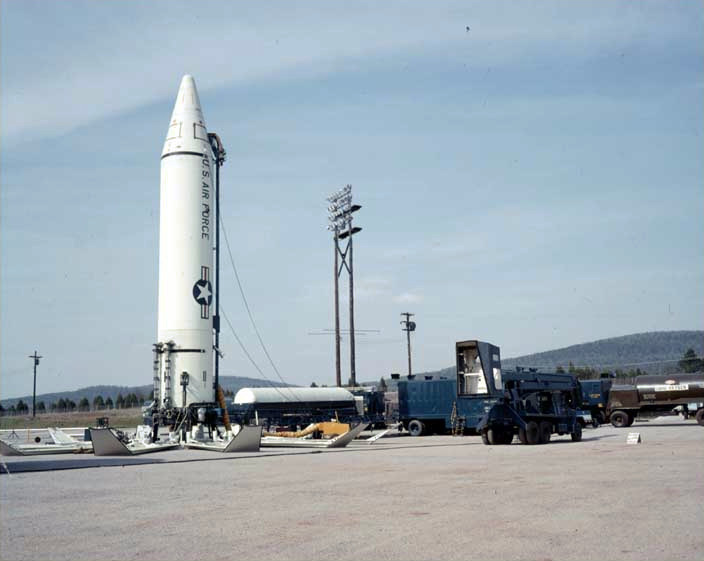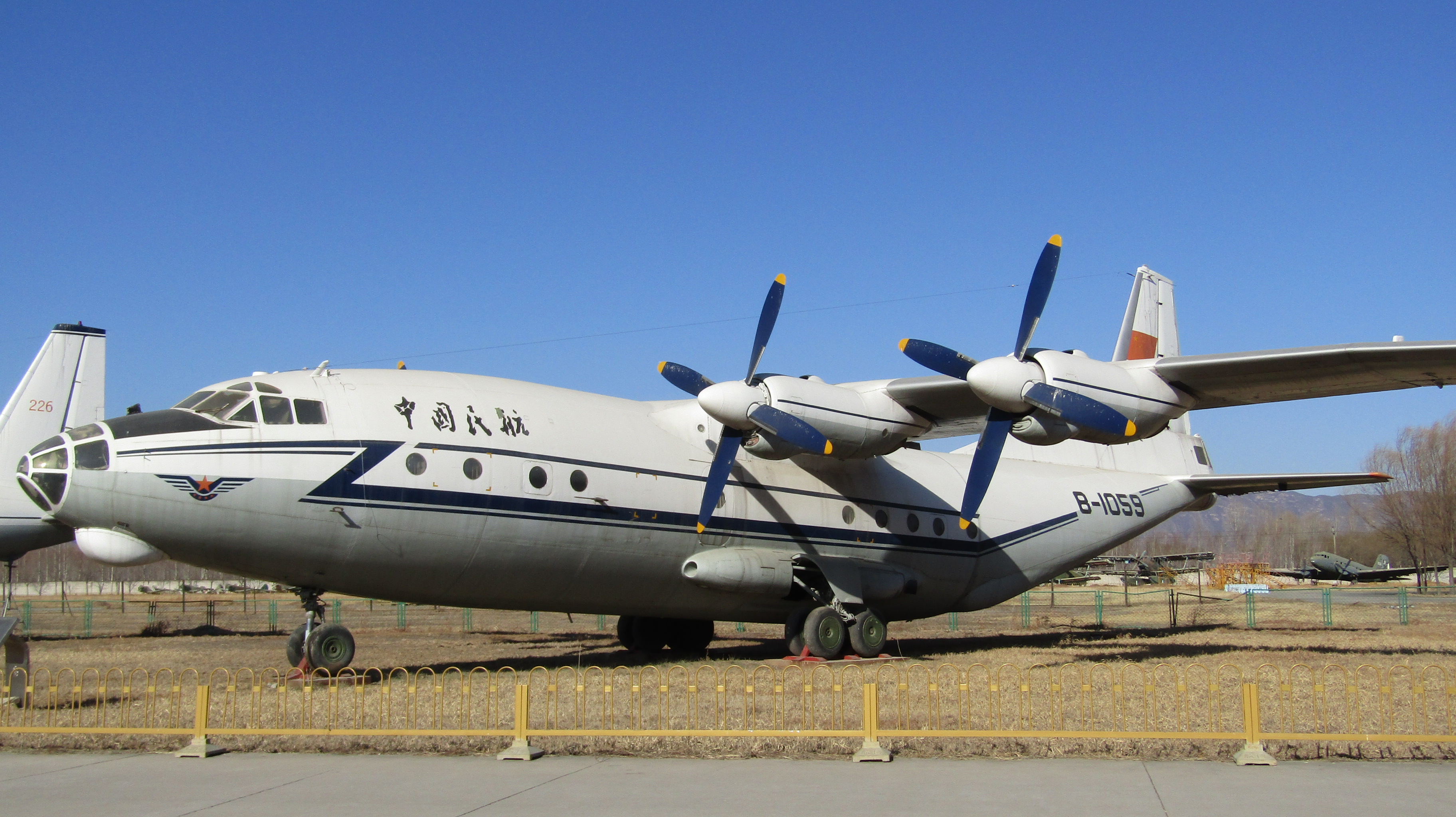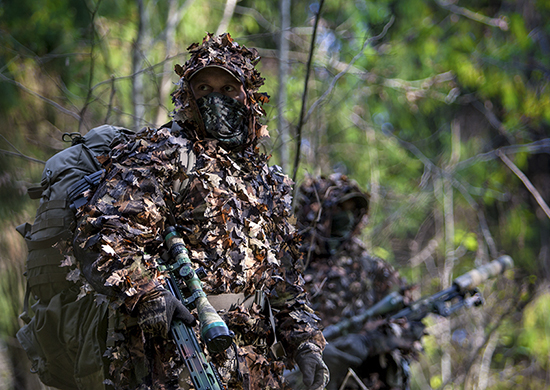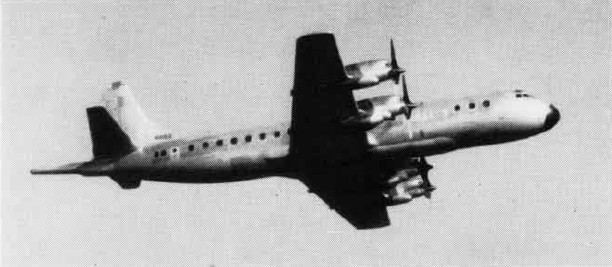|
Future War 198X
is a 1982 Japanese anime science fiction war film directed by Toshio Masuda and Tomoharu Katsumata. Partially inspired by the speculative war novel '' The Third World War: The Untold Story'' by General Sir John Hackett, the movie's plot is focused on a World War III set in the later part of the 1980s, with the digit X denoting the specific year the war breaks out. Plot On 16 September of an unspecified year in the 1980s, the United States conducts an orbital test of the new Space Ranger antimissile laser defense system. American scientist Burt Gains oversees the test under the aegis of the Defense Advanced Research Projects Agency with the target warhead being launched from Vandenberg Air Force Base as the international media covers it. After the Space Ranger module successfully destroys the warhead, the crew of the ''Space Voyager'' shuttle carrying the module returns to worldwide adulation. Gains looks at the successful test as a sign that nuclear war can be prevented but ... [...More Info...] [...Related Items...] OR: [Wikipedia] [Google] [Baidu] |
Tomoharu Katsumata
is a Japanese film director best known for his work on various anime works. A leading director at the Toei Animation studio during the 1960s, 1970s, and 1980s, Katsumata worked as a director on several of Toei's anime television adaptations of manga by Go Nagai, including ''Devilman'' (1972), ''Mazinger Z'' (1972), ''Cutey Honey'' (1973), ''Great Mazinger'' (1974), ''UFO Robo Grendizer'' (1975) and ''Gaiking'' (1976) (both Grendizer and Gaiking became later part of Jim Terry's ''Force Five'' package on U.S. television). Katsumata also directed a TV adaptation of ''Silver Fang -The Shooting Star Gin-'' in 1986. Katsumata graduated from Nippon University's film school in 1960 and began working with the Kyoto division of the Toei Company that same year as an assistant director to Masahiro Makino, Eiichi Kudo, Tomotaka Tasaka on his samurai dramas. After a few years, Katsumata moved to Toei Doga (Toei Animation) in Tokyo, working as a director on some of Toei's early television seri ... [...More Info...] [...Related Items...] OR: [Wikipedia] [Google] [Baidu] |
Nuclear Arms Race
The nuclear arms race was an arms race competition for supremacy in nuclear warfare between the United States, the Soviet Union, and their respective allies during the Cold War. During this same period, in addition to the American and Soviet nuclear stockpiles, other countries developed nuclear weapons, though none engaged in warhead production on nearly the same scale as the two superpowers. World War II The first nuclear weapon was created by the United States of America during the Second World War and was developed to be used against the Axis powers. Scientists of the Soviet Union were aware of the potential of nuclear weapons and had also been conducting research in the field. The Soviet Union was not informed officially of the Manhattan Project until Stalin was briefed at the Potsdam Conference on July 24, 1945, by U.S. President Harry S. Truman, eight days after the first successful test of a nuclear weapon. Despite their wartime military alliance, the United States and ... [...More Info...] [...Related Items...] OR: [Wikipedia] [Google] [Baidu] |
Warsaw Pact
The Warsaw Pact (WP) or Treaty of Warsaw, formally the Treaty of Friendship, Cooperation and Mutual Assistance, was a collective defense treaty signed in Warsaw, Poland, between the Soviet Union and seven other Eastern Bloc socialist republics of Central and Eastern Europe in May 1955, during the Cold War. The term "Warsaw Pact" commonly refers to both the treaty itself and its resultant defensive alliance, the Warsaw Treaty Organization (WTO). The Warsaw Pact was the military complement to the Council for Mutual Economic Assistance (Comecon), the regional economic organization for the socialist states of Central and Eastern Europe. The Warsaw Pact was created in reaction to the integration of West Germany into the North Atlantic Treaty Organization (NATO)"In reaction to West Germany's NATO accession, the Soviet Union and its Eastern European client states formed the Warsaw Pact in 1955." Citation from: in 1955 as per the London and Paris Conferences of 1954.The Warsaw Pact R ... [...More Info...] [...Related Items...] OR: [Wikipedia] [Google] [Baidu] |
Antonov An-12
The Antonov An-12 (Russian: Антонов Ан-12; NATO reporting name: Cub) is a four-engined turboprop transport aircraft designed in the Soviet Union. It is the military version of the Antonov An-10 and has many variants. For more than three decades the An-12 was the standard medium-range cargo and paratroop transport aircraft of the Soviet air forces. A total of 1,248 were eventually built. Design and development Developed from the Antonov An-8, the An-12 was a military version of the An-10 passenger transport. The first prototype An-12 flew in December 1957 and entered Soviet military service in 1959. Initially, the aircraft was produced at the State Aviation Factory in Irkutsk. From 1962, production was transferred to Tashkent, where 830 were built. Later, production moved to Voronezh and Kazan. In military use, the An-12 has capacity for up to 100 fully equipped paratroopers or 20,000 kg (44,090 lb) of cargo, which is loaded through the rear loading ramp/door. ... [...More Info...] [...Related Items...] OR: [Wikipedia] [Google] [Baidu] |
Spetsnaz
Spetsnaz are special forces in numerous post-Soviet states. (The term is borrowed from rus, спецназ, p=spʲɪtsˈnas; abbreviation for or 'Special Purpose Military Units'; or .) Historically, the term ''spetsnaz'' referred to the Soviet Union's Special Forces of the Main Directorate of the General Staff of the Russian Armed Forces, Spetsnaz GRU, special operations units of the Main Intelligence Directorate (GRU), GRU, the main military intelligence service. It also describes task forces of other ministries (such as the Ministry of Internal Affairs (Russia), Ministry of Internal Affairs' ODON and Ministry of Emergency Situations (Russia), Ministry of Emergency Situations' special rescue unit) in post-Soviet countries. As ''spetsnaz'' is a Russian term, it is typically associated with the special units of Russia, but other post-Soviet states often refer to their special forces units by the term as well, since these nations also inherited their special purpose units fro ... [...More Info...] [...Related Items...] OR: [Wikipedia] [Google] [Baidu] |
NATO
The North Atlantic Treaty Organization (NATO, ; french: Organisation du traité de l'Atlantique nord, ), also called the North Atlantic Alliance, is an intergovernmental military alliance between 30 member states – 28 European and two North American. Established in the aftermath of World War II, the organization implemented the North Atlantic Treaty, signed in Washington, D.C., on 4 April 1949. NATO is a collective security system: its independent member states agree to defend each other against attacks by third parties. During the Cold War, NATO operated as a check on the perceived threat posed by the Soviet Union. The alliance remained in place after the dissolution of the Soviet Union and has been involved in military operations in the Balkans, the Middle East, South Asia, and Africa. The organization's motto is ''animus in consulendo liber'' (Latin for "a mind unfettered in deliberation"). NATO's main headquarters are located in Brussels, Belgium, while NATO ... [...More Info...] [...Related Items...] OR: [Wikipedia] [Google] [Baidu] |
West Germany
West Germany is the colloquial term used to indicate the Federal Republic of Germany (FRG; german: Bundesrepublik Deutschland , BRD) between its formation on 23 May 1949 and the German reunification through the accession of East Germany on 3 October 1990. During the Cold War, the western portion of Germany and the associated territory of West Berlin were parts of the Western Bloc. West Germany was formed as a political entity during the Allied occupation of Germany after World War II, established from eleven states formed in the three Allied zones of occupation held by the United States, the United Kingdom, and France. The FRG's provisional capital was the city of Bonn, and the Cold War era country is retrospectively designated as the Bonn Republic. At the onset of the Cold War, Europe was divided between the Western and Eastern blocs. Germany was divided into the two countries. Initially, West Germany claimed an exclusive mandate for all of Germany, representing itself as t ... [...More Info...] [...Related Items...] OR: [Wikipedia] [Google] [Baidu] |
West German Air Force
The German Air Force (german: Luftwaffe, lit=air weapon or air arm, ) is the aerial warfare branch of the , the armed forces of Germany. The German Air Force (as part of the ''Bundeswehr'') was founded in 1956 during the era of the Cold War as the aerial warfare branch of the armed forces of then West Germany. After the reunification of West and East Germany in 1990, it integrated parts of the air force of the former German Democratic Republic, which itself had been founded in 1956 as part of the National People's Army. There is no organizational continuity between the current German Air Force and the former Luftwaffe of the Wehrmacht founded in 1935, which was completely disbanded in 1945/46 after World War II. The term that is used for both the historic and the current German air force is the German-language generic designation of any air force. The commander of the German Air Force is Lieutenant General Ingo Gerhartz. As of 2015, the German Air Force uses eleven air bases, ... [...More Info...] [...Related Items...] OR: [Wikipedia] [Google] [Baidu] |
Soviet Air Force
The Soviet Air Forces ( rus, Военно-воздушные силы, r=Voyenno-vozdushnyye sily, VVS; literally "Military Air Forces") were one of the air forces of the Soviet Union. The other was the Soviet Air Defence Forces. The Air Forces were formed from components of the Imperial Russian Air Service in 1917, and faced their greatest test during World War II. The groups were also involved in the Korean War, and dissolved along with the Soviet Union itself in 1991–92. Former Soviet Air Forces' assets were subsequently divided into several air forces of former Soviet republics, including the new Russian Air Force. "March of the Pilots" was its song. Origins The ''All-Russia Collegium for Direction of the Air Forces of the Old Army'' (translation is uncertain) was formed on 20 December 1917. This was a Bolshevik aerial headquarters initially led by Konstantin Akashev. Along with a general postwar military reorganisation, the collegium was reconstituted as the "Workers' an ... [...More Info...] [...Related Items...] OR: [Wikipedia] [Google] [Baidu] |
Nuclear Torpedo
A nuclear torpedo is a torpedo armed with a nuclear warhead. The idea behind the nuclear warheads in a torpedo was to create a much bigger explosive blast. Later analysis suggested that smaller, more accurate, and faster torpedoes were more efficient and effective. During the Cold War, nuclear torpedoes replaced some conventionally armed torpedoes on submarines of both the Soviet and American navies. The USSR developed the T15, the T5 and the ASB-30. The only nuclear warhead torpedo used by the United States was the Mark 45 torpedo. The Soviet Union widely deployed T5 nuclear torpedoes in 1958 and the U.S. deployed its Mark 45 torpedo in 1963. In 2015, there were rumors that Russia was developing a new nuclear torpedo, the Status-6. Soviet Union T-15 The Soviet Union's development of nuclear weapons began in the late 1940s. The Navy had put itself forward as the most suitable branch of the Soviet armed forces to deliver a nuclear strike, believing its submarine technology and ta ... [...More Info...] [...Related Items...] OR: [Wikipedia] [Google] [Baidu] |
Naval Air Facility Midway Island
Naval Air Station Midway Island, also known as NAS Midway, Naval Air Facility Midway, and NAF Midway (former ICAO PMDY), was a U.S. Naval Air Station in the Midway Atoll, the northernmost group of the Hawaiian archipelago. It was in operation from 1941 to 1993, and played an important role in trans-Pacific aviation during those years. Through its lifetime, the facility was variously designated as a Naval Air Station, a Naval Air Facility, and a naval base. It was finally closed on 1 October 1993. Midway Atoll consists of two small islets, Sand Island and Eastern Island, surrounded by a coral reef. Most of each islet is taken up by airfields. The islands were discovered in 1859, and placed under Navy control by President Theodore Roosevelt in 1903. They gained importance in the mid-1930s as a seaplane stop for the Pan American Airways Clipper planes. A Navy presence then began building up, and Naval Air Station Midway Islands was established on Eastern Island in August 1941. On ... [...More Info...] [...Related Items...] OR: [Wikipedia] [Google] [Baidu] |
Lockheed P-3 Orion
The Lockheed P-3 Orion is a four-engined, turboprop anti-submarine and maritime surveillance aircraft developed for the United States Navy and introduced in the 1960s. Lockheed based it on the L-188 Electra commercial airliner. The aircraft is easily distinguished from the Electra by its distinctive tail stinger or "MAD" boom, used for the (MAD) of submarines. Over the years, the aircraft has seen numerous design developments, most notably in its electronics packages. Nume ... [...More Info...] [...Related Items...] OR: [Wikipedia] [Google] [Baidu] |




